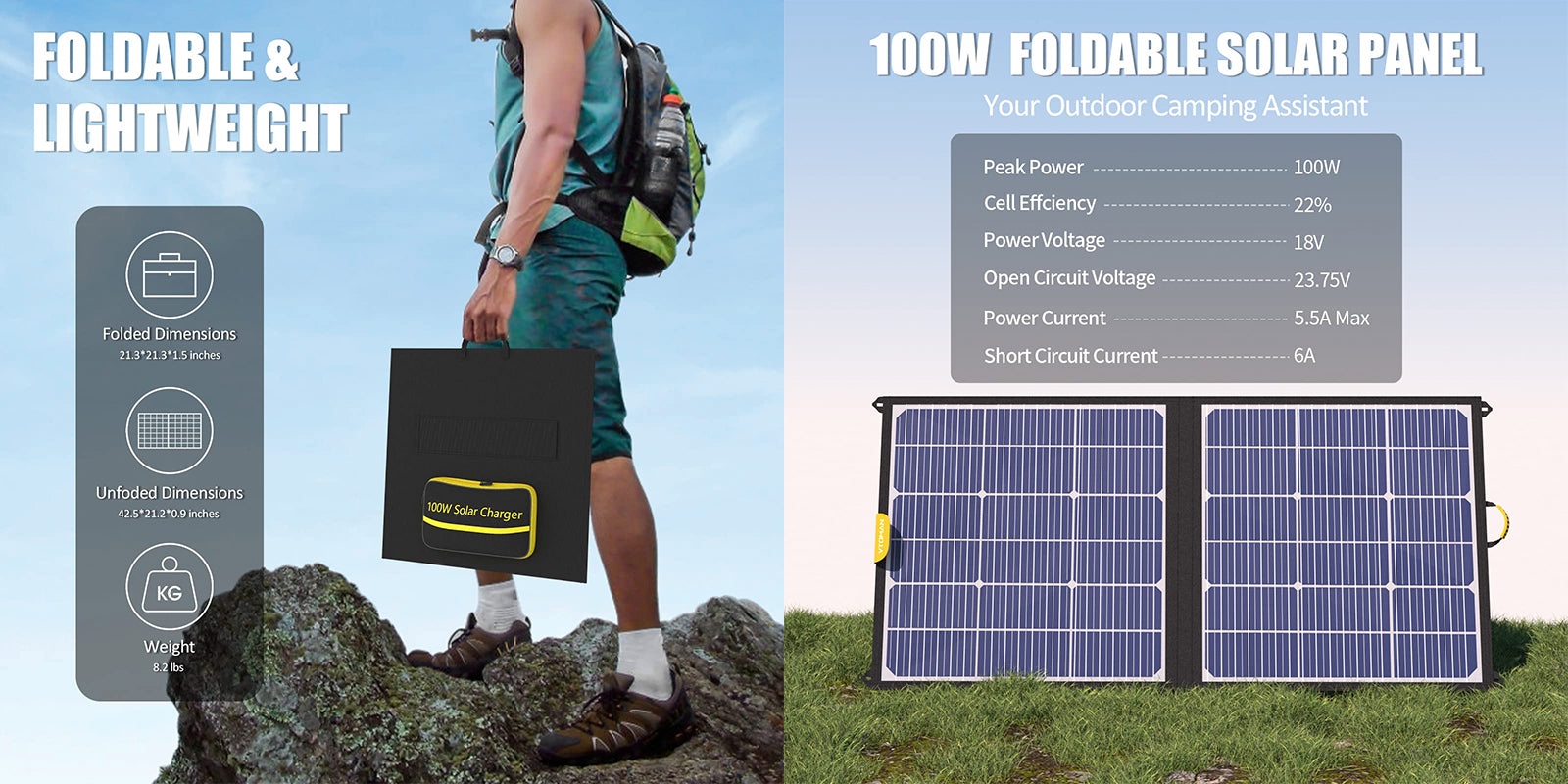Renewable energy is becoming increasingly popular, and one of the most efficient ways to harness it for your RV is through solar panels. In this beginner's guide, we will explore the basics of RV solar panel setup and how it can help you power your adventures while reducing your carbon footprint.

Understanding Solar Panels
Solar panels are devices that convert sunlight into electricity. They are made up of photovoltaic cells, which generate an electrical current when exposed to sunlight. This electricity can then be used to power various appliances and systems in your RV.
When it comes to RV solar panel setup, there are two main types of systems: off-grid and grid-tied. Off-grid systems are independent and store excess energy in batteries, allowing you to use solar power even when there is no sunlight. Grid-tied systems, on the other hand, are connected to the electrical grid and allow you to sell excess energy back to the utility company.
Choosing the Right Solar Panels
When selecting solar panels for your RV, there are a few key factors to consider. First, you'll need to determine how much power you need. This will depend on the appliances and systems you plan to run, as well as your daily energy consumption. It's important to choose panels that can generate enough electricity to meet your needs.
Next, consider the size and weight of the panels. RVs have limited space, so it's essential to choose panels that are compact and lightweight. Additionally, look for panels that are durable and can withstand the rigors of travel.
Installing Solar Panels on Your RV
Installing solar panels on your RV may seem daunting, but with the right guidance, it can be a straightforward process. Here are the basic steps:
- Assess your RV's roof: Before installing solar panels, examine your RV's roof to ensure it can support the weight of the panels. It's also important to consider the orientation and angle of the roof for optimal sunlight exposure.
- Mounting the panels: Once you've determined the ideal location for your panels, use mounting brackets to secure them to the roof. Make sure to follow the manufacturer's instructions and use appropriate sealants to prevent leaks.
- Wiring and connections: Connect the panels to a charge controller, which regulates the flow of electricity to your RV's batteries. From there, you can connect the batteries to an inverter, which converts the stored energy into usable AC power.
- Monitoring and maintenance: It's important to regularly monitor your solar panel system to ensure it's functioning optimally. Clean the panels regularly to remove any dirt or debris that may reduce their efficiency.
Benefits of RV Solar Panel Setup
There are numerous benefits to harnessing renewable energy through RV solar panel setup. Firstly, it allows you to reduce your reliance on traditional energy sources, such as fossil fuels. This not only helps to protect the environment but also saves you money in the long run.
Secondly, solar panels provide a reliable source of power, even in remote locations where access to electricity may be limited. This means you can enjoy the comforts of home while exploring off-grid destinations.
Lastly, RV solar panel setup offers a sense of independence. By generating your own electricity, you are not at the mercy of power outages or fluctuating energy prices. You have control over your energy consumption and can enjoy the freedom to travel without worrying about finding electrical hookups.
As you can see, RV solar panel setup is a practical and sustainable solution for powering your adventures. By harnessing the power of the sun, you can enjoy the benefits of renewable energy while exploring the great outdoors.
Conclusion
In conclusion, RV solar panel setup is an excellent way to harness renewable energy and power your RV. By understanding the basics of solar panels, choosing the right system, and following the installation process, you can enjoy the benefits of clean and reliable energy on your travels. So, why wait? Start your journey towards a greener future with RV solar panel setup today!








